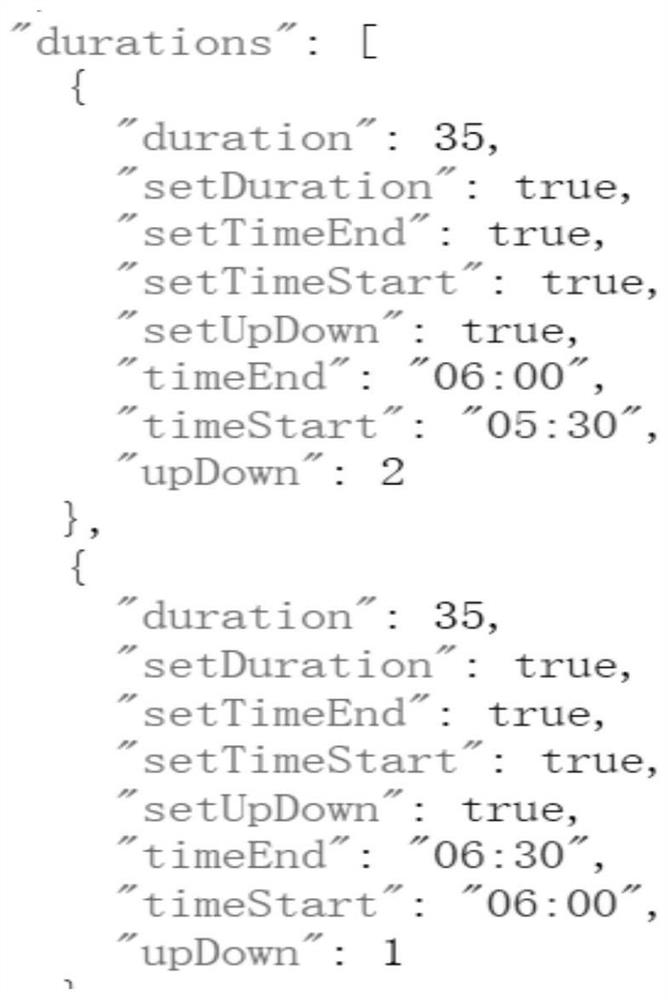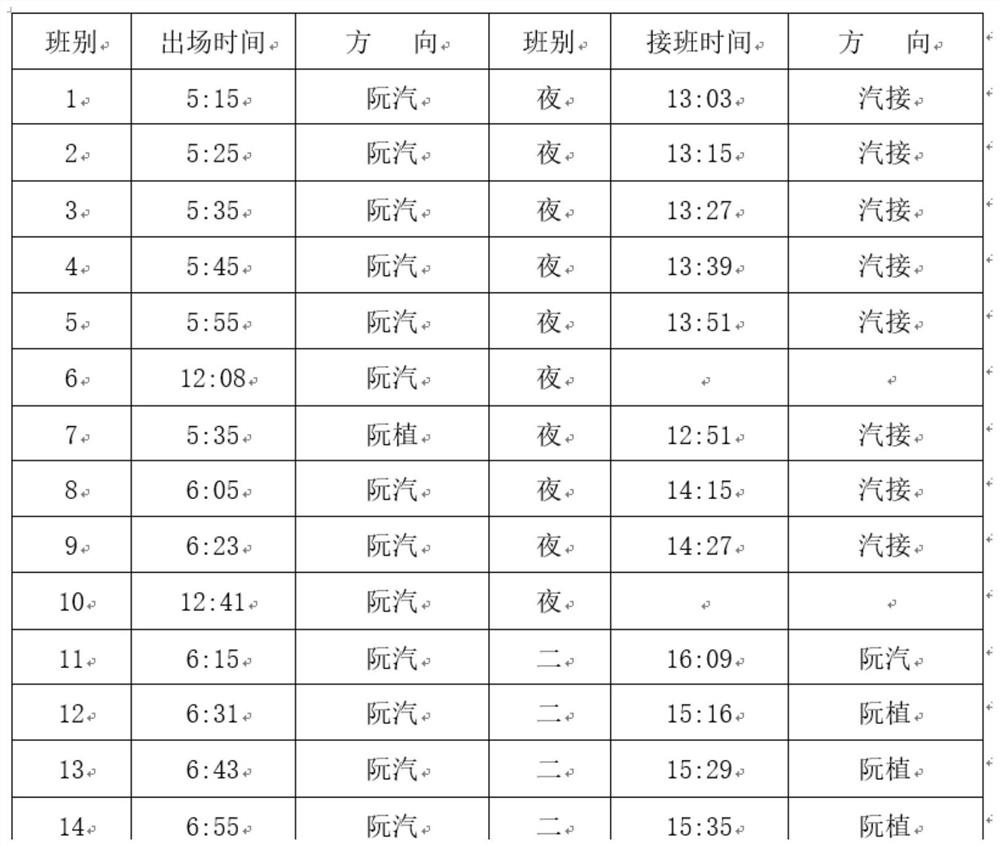Two-stage public transport vehicle scheduling algorithm based on iterative neighborhood search
A neighborhood search and bus vehicle technology, applied in the field of vehicle scheduling, can solve the problems of incapable departure time, reduce the number of trains, reduce the number of vehicles, and low algorithm efficiency, and achieve good algorithm packaging, less machine performance, and less time. Effect
- Summary
- Abstract
- Description
- Claims
- Application Information
AI Technical Summary
Problems solved by technology
Method used
Image
Examples
Embodiment Construction
[0038] The technical solutions in the embodiments of the present invention will be clearly and completely described below in conjunction with the accompanying drawings in the embodiments of the present invention. Obviously, the described embodiments are only some of the embodiments of the present invention, not all of them. Based on the embodiments of the present invention, all other embodiments obtained by persons of ordinary skill in the art without making creative efforts belong to the protection scope of the present invention. see Figure 1-6 , the present invention provides technical solutions:
[0039] This scheme does not perform vehicle scheduling based on a specific scenario, and the adopted two-stage bus scheduling algorithm based on iterative neighborhood search can obtain better scheduling schemes in various scenarios.
[0040] The core of the algorithm consists of four parts:
[0041] 1. Analyze, learn and predict according to the given GPS data of the bus system,...
PUM
 Login to View More
Login to View More Abstract
Description
Claims
Application Information
 Login to View More
Login to View More - R&D
- Intellectual Property
- Life Sciences
- Materials
- Tech Scout
- Unparalleled Data Quality
- Higher Quality Content
- 60% Fewer Hallucinations
Browse by: Latest US Patents, China's latest patents, Technical Efficacy Thesaurus, Application Domain, Technology Topic, Popular Technical Reports.
© 2025 PatSnap. All rights reserved.Legal|Privacy policy|Modern Slavery Act Transparency Statement|Sitemap|About US| Contact US: help@patsnap.com



